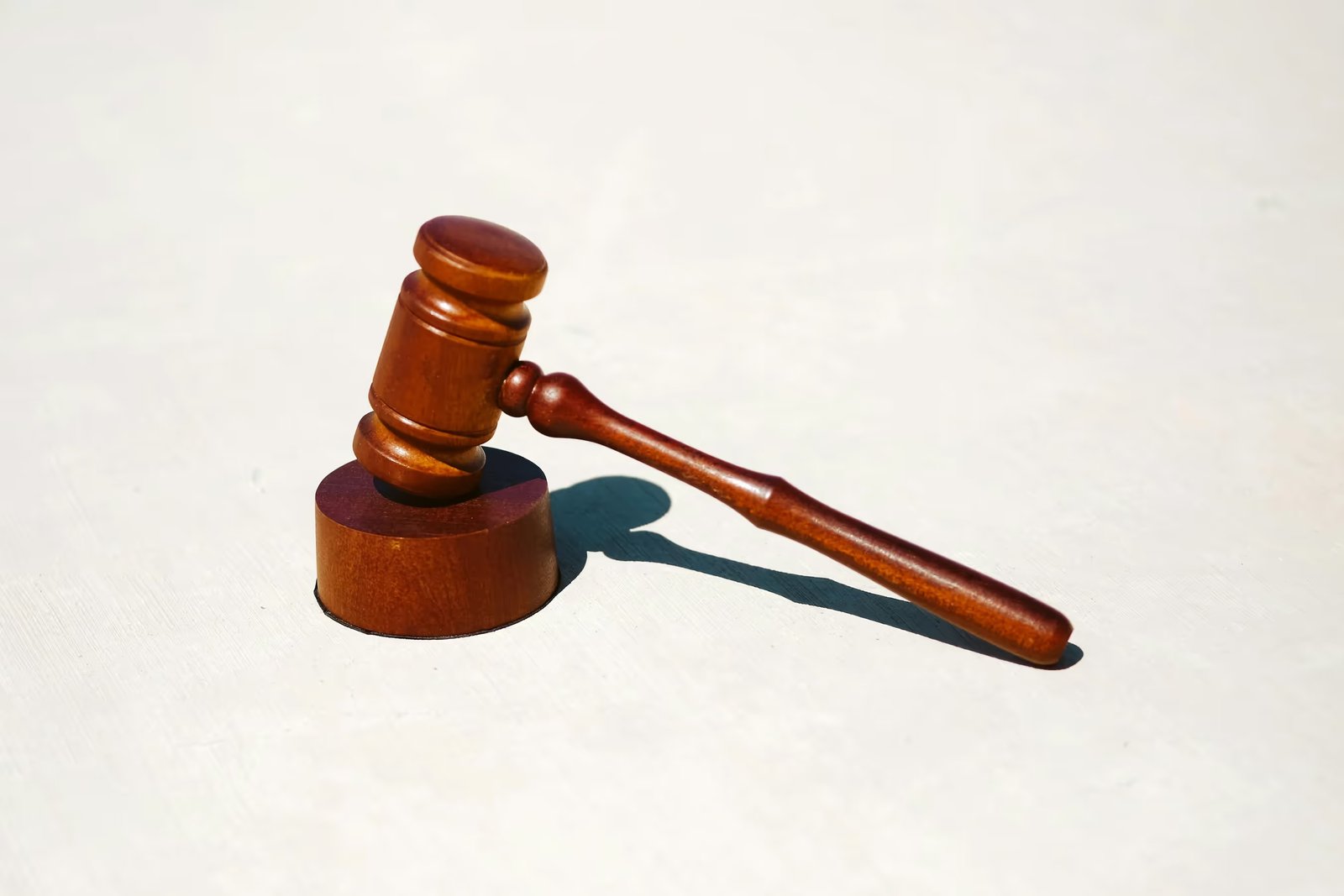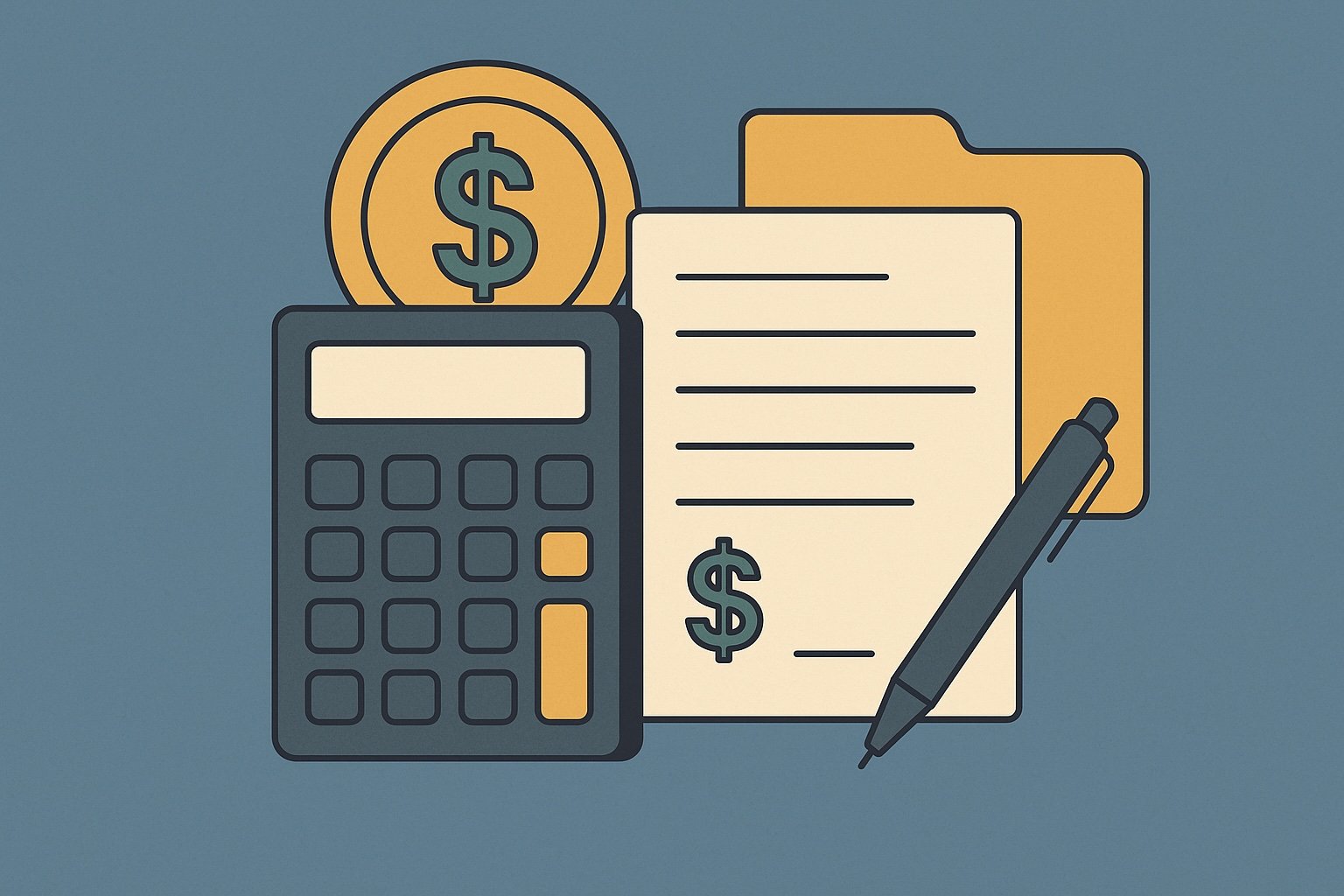Question
ARTE's Answer
When you engage in a 1031 exchange, the calculation of depreciation for the replacement property involves a few key steps. The process is designed to ensure that the tax deferral benefits of the exchange are maintained while allowing you to continue depreciating your investment property. Here's a detailed explanation of how to calculate depreciation after a 1031 exchange, with an example to illustrate the process.
Understanding the Basics
In a 1031 exchange, you defer the recognition of gain or loss on the sale of your relinquished property by acquiring a like-kind replacement property. The basis of the replacement property is generally the same as the basis of the relinquished property, adjusted for any additional cash or other property involved in the exchange. This is known as the "carryover basis."
Steps to Calculate Depreciation
- Determine the Carryover Basis: The carryover basis of the replacement property is the adjusted basis of the relinquished property. This includes the original purchase price, plus any capital improvements, minus any depreciation taken.
- Allocate the Basis: If the replacement property has a higher value than the relinquished property, the excess amount is considered the "excess basis." This excess basis is treated as newly acquired property and is depreciated separately.
- Depreciate the Carryover Basis: Continue to depreciate the carryover basis over the remaining recovery period of the relinquished property using the same depreciation method and convention.
- Depreciate the Excess Basis: The excess basis is treated as a new asset and is depreciated over the appropriate recovery period for the type of property acquired, using the applicable depreciation method and convention.
Example
Let's say you originally purchased a rental property for $300,000, and over the years, you took $100,000 in depreciation. Your adjusted basis is now $200,000. You decide to engage in a 1031 exchange and sell this property for $500,000, using Deferred.com as your qualified intermediary. You acquire a new replacement property for $600,000.
- Carryover Basis: The carryover basis for the replacement property is $200,000 (the adjusted basis of the relinquished property).
- Excess Basis: The excess basis is $400,000 ($600,000 purchase price of the replacement property minus the $200,000 carryover basis).
- Depreciation of Carryover Basis: You continue to depreciate the $200,000 carryover basis over the remaining recovery period of the relinquished property using the same method and convention.
- Depreciation of Excess Basis: The $400,000 excess basis is treated as a new asset. If the replacement property is residential rental property, for example, you would depreciate this amount over 27.5 years using the straight-line method.
Conclusion
By following these steps, you can accurately calculate the depreciation for your replacement property after a 1031 exchange. This approach allows you to maintain the tax deferral benefits of the exchange while continuing to benefit from depreciation deductions. At Deferred.com, we are here to assist you as your qualified intermediary, ensuring a smooth and compliant 1031 exchange process. If you have any further questions or need assistance with your exchange, feel free to reach out to us.
Have more questions? Call us at 866-442-1031 or send an email to support@deferred.com to talk with an exchange officer at Deferred.
Sources
- Deferring Losses On The Sale of Property Using 1031 Exchanges
- Publication 946 (2023), How To Depreciate Property
- What To Do About Exchange Expenses in a Section 1031 Exchange? (Article)
- Rev. Rul. 2002-83 (Related Party Exchanges)
- 1.168(i)–6 (IRS Code of Federal Regulations)
- Goolsby v. Commissioner
- 1.1250–3 (IRS Code of Federal Regulations)
- TAM 200039005 (Failed Reverse Exchanges)
1031 Question? Ask ARTE
Deferred's AI 1031 Research Assistant is trained on 8,000+ pages of US tax law and outperforms human CPAs by 22%+
CHAT NOW
Learn More
See more frequently asked questions about 1031 exchanges








